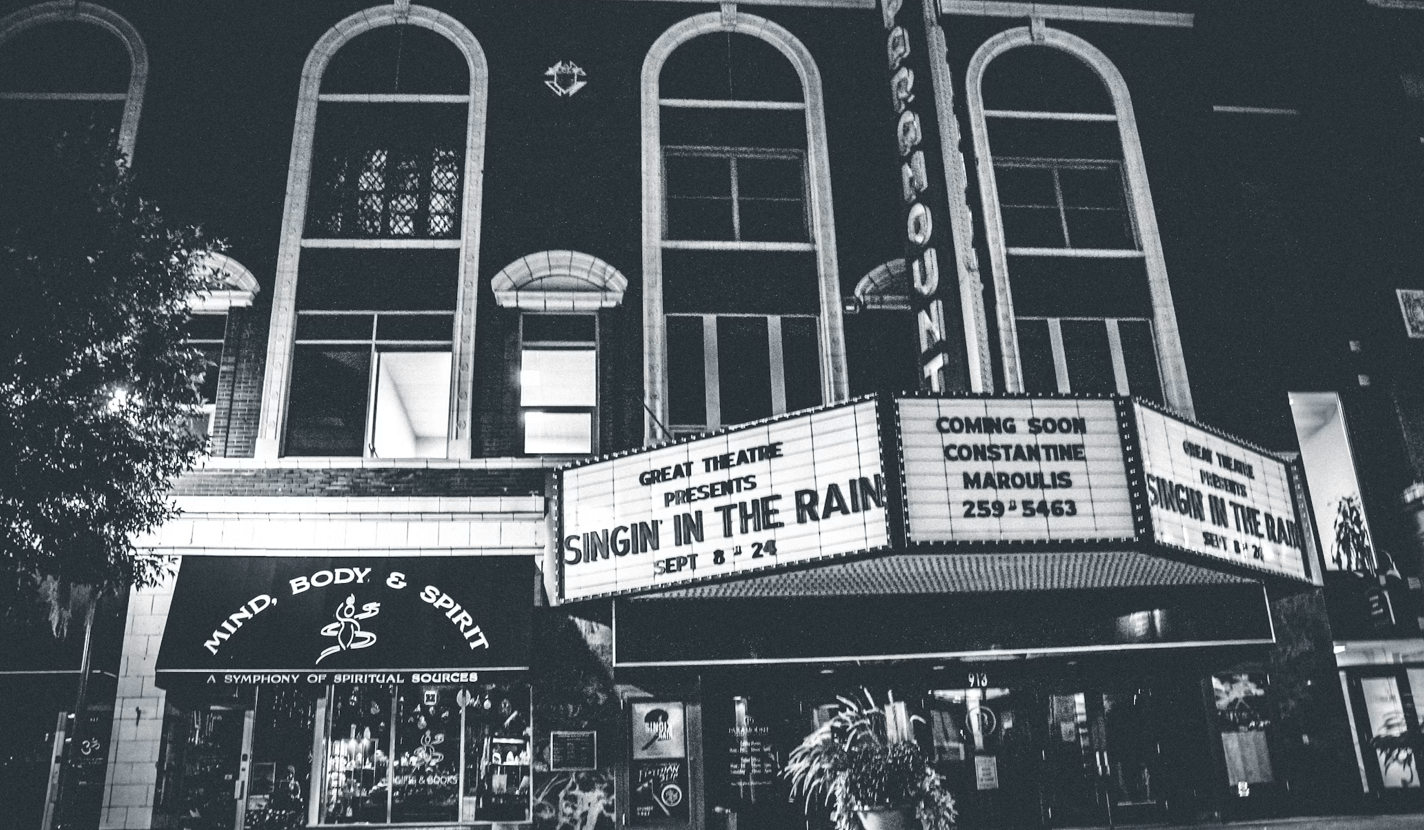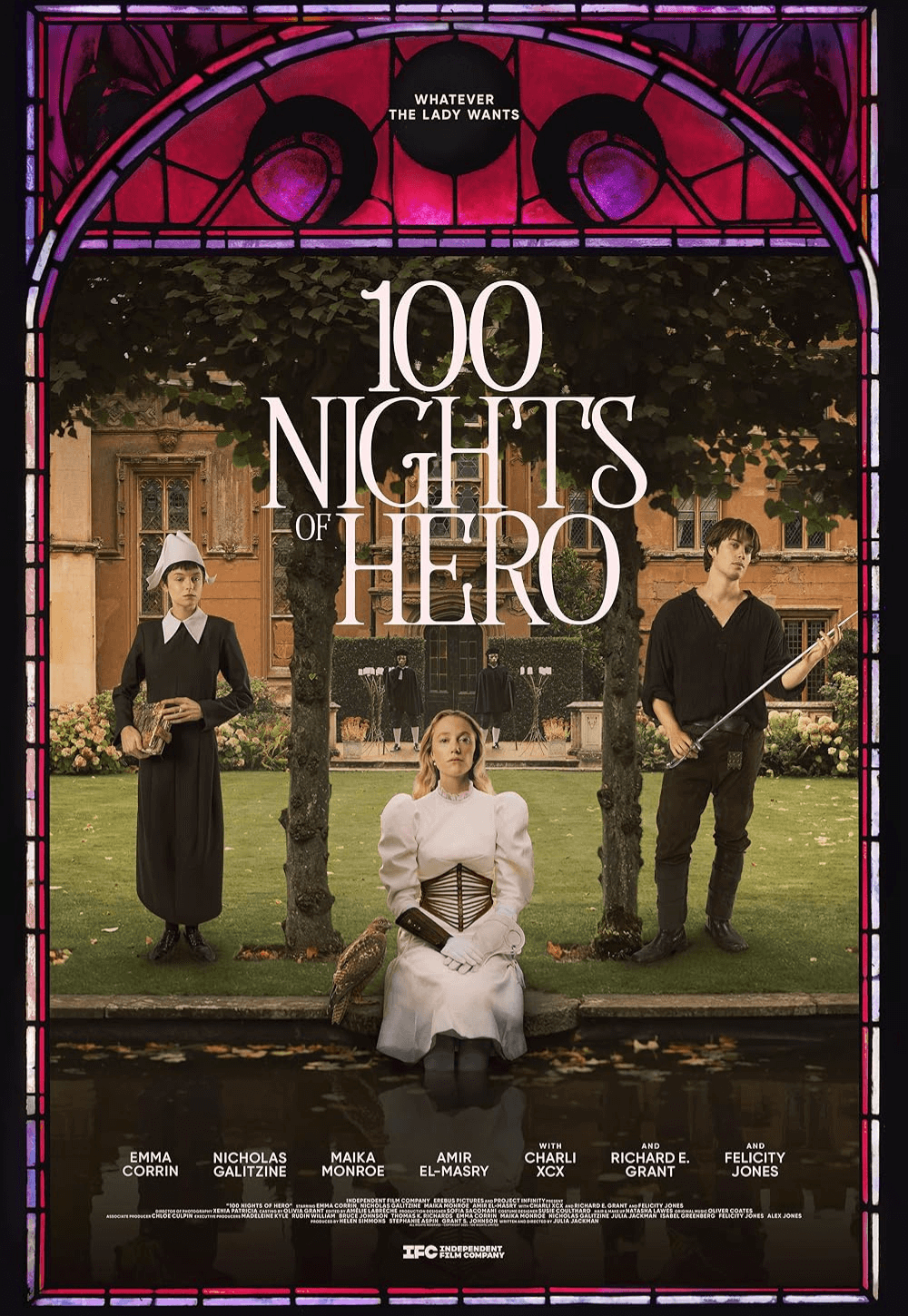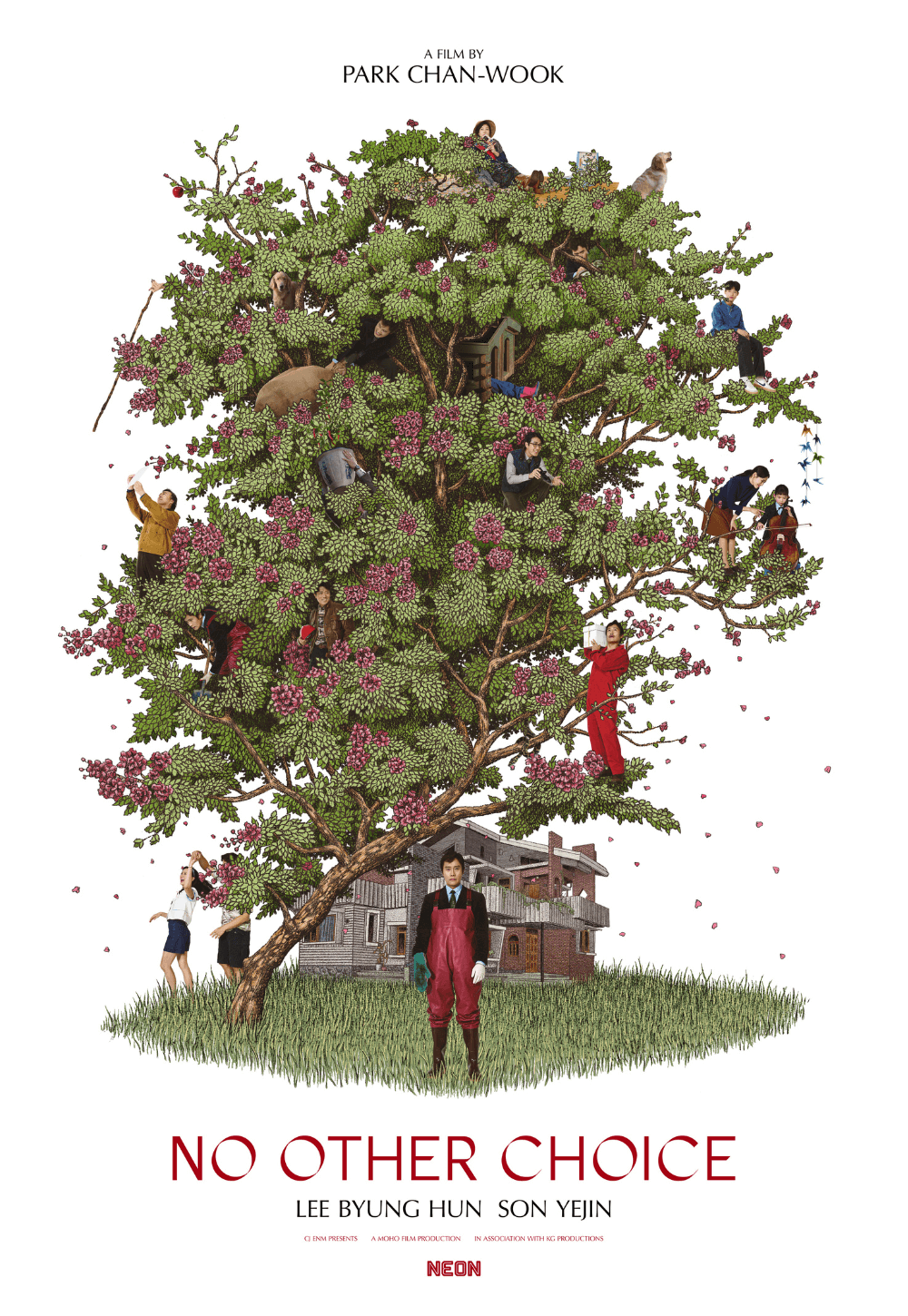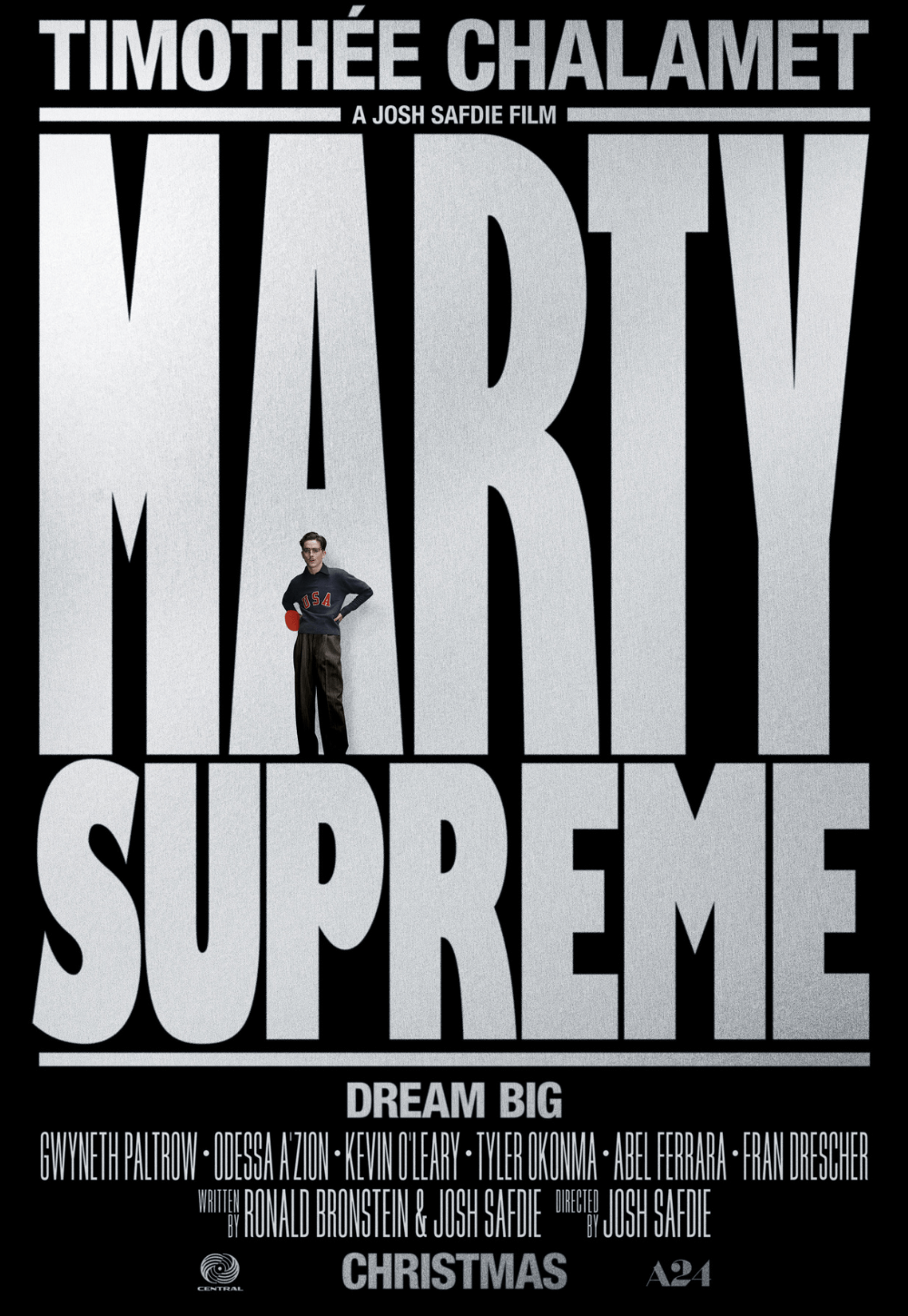
Classical Hollywood Cinema
By Brian Eggert | August 10, 2025
As countless other film historians have observed, classical Hollywood cinema exists as a theory to be argued about and debated. It has no universally accepted start and end date, and a film’s worthiness of inclusion under this umbrella term varies amid critics, commentators, and scholars. Some define a Hollywood classic as a product of the Dream Factory, where the modes of production and distribution were standardized, along with formal, narrative, and stylistic guidelines. Others define it in terms of the film’s release, usually in the first half of the twentieth century; historian Richard Jewell puts forth a rather narrow timeline from 1929 to 1949. A few might characterize such films by their use of black-and-white celluloid; they might even use the dreaded term old to describe them.
For the sake of this collection of reviews and essays on classic Hollywood motion pictures, I have included films produced in the studio system in the period between the late 1920s to the early 1960s. They have been shot in monochrome, Technicolor, the Academy ratio, CinemaScope, and many other photographic processes of the era. Their use of sound extends from silents to musicals. They feature icons of the screen such as Humphrey Bogart, Ingrid Bergman, Charlie Chaplin, Gary Cooper, Joan Crawford, Olivia de Havilland, Cary Grant, Errol Flynn, Katherine Hepburn, Myrna Loy, William Powell, Barbara Stanwyck, John Wayne, and countless others. Some titles may even be Hollywood productions made by the British offices of the major studios, or by British studios copying the classical Hollywood modes of production and style.
Jean Renoir once described Hollywood as “an admirable mechanism without a soul.” I don’t agree with the second part. It’s still the case today that studios remain the apparatus bent on profits more than creativity, whereas the filmmakers and artists invested in creating the films provide the soul. Sometimes, the artist and studio grapple for control over the fate of a motion picture and its characters; sometimes, they’re in perfect alignment. Whatever the case may be, it’s impossible to watch the below titles and not find an incredible amount of soul.
We watch classical Hollywood films today for their nostalgia, their unwavering formal competence, their predictability, their occasional deviations from the norm, their historical importance, their status as cultural artifacts, the charisma of their stars, and the way they make us think and feel. This collection, by no means complete, will continue to grow and show appreciation for the unparalleled movie magic of the Golden Age of Cinema.
Click the title to read the review or essay:
- Ace in the Hole (1951)
- The Adventures of Robin Hood (1938)
- Arsenic and Old Lace (1944)
- The Best Years of Our Lives (1946)
- The Big Country (1958)
- The Big Heat (1953)
- Black Legion (1937)
- The Bridge on the River Kwai (1957)
- Brute Force (1947)
- Captain Blood (1935)
- Casablanca (1942)
- Cat People (1942)
- Charade (1963)
- Citizen Kane (1941)
- City Lights (1931)
- Confessions of a Nazi Spy (1939)
- The Dawn Patrol (1938)
- Double Indemnity (1944)
- Dr. Strangelove or: How I Learned to Stop Worrying and Love the Bomb (1964)
- Duck Soup (1933)
- Foreign Correspondent (1940)
- Freaks (1932)
- Giant (1956)
- Gone with the Wind (1939)
- The Great Dictator (1940)
- The Great Escape (1963)
- His Girl Friday (1940)
- The Hitch-Hiker (1953)
- House of Wax (1953)
- In Harm’s Way (1965)
- It Happened One Night (1937)
- King Kong (1933)
- The Lady Eve (1941)
- Laura (1944)
- Lawrence of Arabia (1962)
- Man of the West (1958)
- The Manchurian Candidate (1962)
- Meet John Doe (1941)
- Modern Times (1936)
- My Darling Clementine (1946)
- The Mystery of the Wax Museum (1933)
- The Naked City (1948)
- The Naked Spur (1953)
- Nazi Agent (1942)
- Night and the City (1950)
- The Night of the Hunter (1957)
- Ninotchka (1939)
- North by Northwest (1959)
- Paths of Glory (1957)
- Pickup on South Street (1953)
- A Place in the Sun (1951)
- Portrait of Jennie (1948)
- Rebel Without a Cause (1955)
- Red River (1948)
- Rio Bravo (1959)
- The Searchers (1956)
- The Sea Wolf (1941)
- Shadow of a Doubt (1943)
- Singin’ in the Rain (1952)
- Sullivan’s Travels (1941)
- Sunset Blvd. (1950)
- Sweet Smell of Success (1957)
- The Thin Man (1934)
- To Be or Not to Be (1942)
- Touch of Evil (1958)
- The Treasure of the Sierra Madre (1948)
- Trouble in Paradise (1932)
- Unfaithfully Yours (1948)
- Vertigo (1958)
- White Heat (1949)
- The Wild One (1953)
- The Wolf Man (1941)
- Written on the Wind (1956)
Thank You for Supporting Independent Film Criticism
Thank you for visiting Deep Focus Review. If the work on DFR has added something meaningful to your movie watching—whether it’s context, insight, or an introduction to a new movie—please consider supporting it. Your contribution helps keep this site running independently.
There are many ways to help: a one-time donation, joining DFR’s Patreon for access to exclusive writing, or showing your support in other ways. However you choose to support the site, please know that it’s appreciated.
Thank you for reading, and for making this work possible.
Brian Eggert | Critic, Founder
Deep Focus Review




